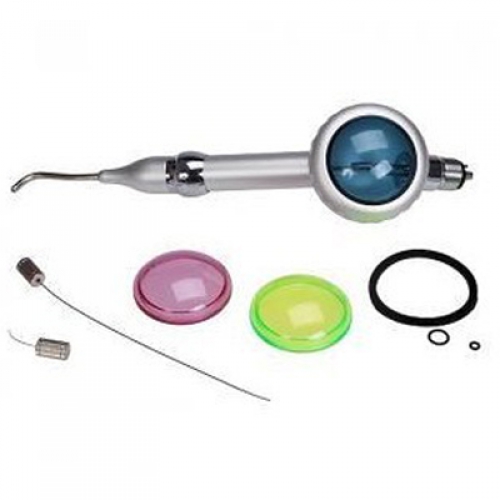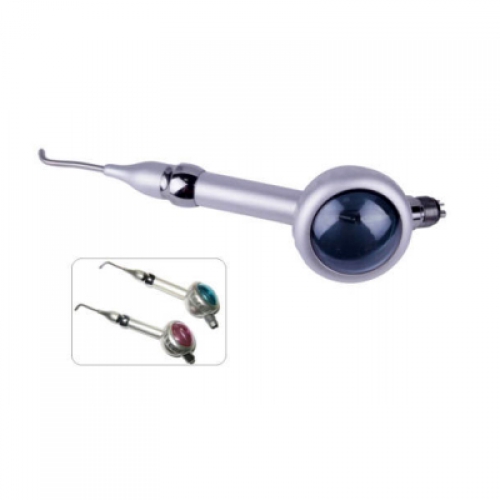When contemplating the change to digital dental in your practice, the choices can be confusing for the dentist. Dental radiography has evolved from film and chemical developers into a highly technical process that involves various types of dental x-ray machines, as well as powerful dental software programs to assist the dentist with image acquisition and diagnostic analysis of the acquired images. When making the decision to purchase x-ray equipment, the doctor needs to research the available options thoroughly, in order to make an informed choice for the “right” machine for his or her practice.
Digital radiography is a type of X-ray imaging in which the images are transposed digitally onto computers or other devices rather than being developed onto film. Instead of using electromagnetic radiation and chemical processing to record an X-ray onto film, digital versions use digital sensors to record images onto an image capture device, which then creates a digital image file. This file can then be used by medical staff members, and the file can be attached to a patient’s medical notes for future reference.
Dental X-rays are one of the most important part of your regular dental treatment. You use the specialized imaging technology to look for hidden tooth decay – also called cavities – and can show dental issues such as abscessed teeth, dental tumors, and cysts.
While many patients see their dentist in-office, others require the dentist and equipment to go to them. Those who are incarcerated, home-bound, in nursing homes, working in underdeveloped locations or stationed on military bases are just some of the patients who may benefit from having access to a portable dental x-ray. Teeth problems could not only be painful but could also cause many health problems. Waiting to access an in-office machine may not be an option depending on the condition.
If the practice is concentrated in endodontic and implant treatment, then a CBCT machine is the most practical method of providing the doctor with diagnostic tools such as mandibular canal location, surgical guides, and pre-surgical treatment planning with the assistance of powerful 3D dental software applications. The patient is benefited by the reduced radiation exposure provided by these machines.




